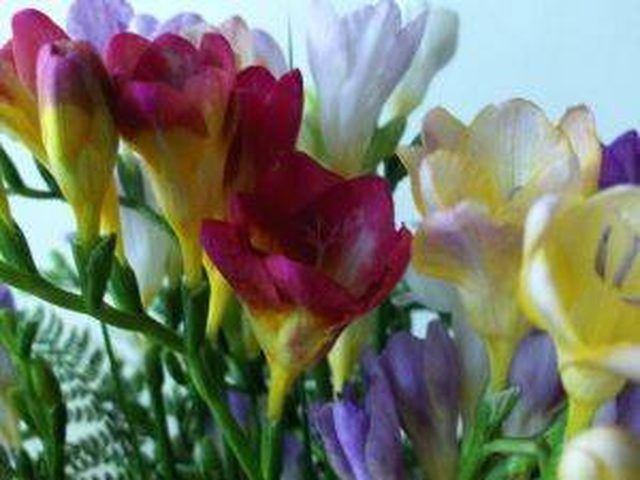Bulbs
Flower Basics
Flower Beds & Specialty Gardens
Flower Garden
Garden Furniture
Garden Gnomes
Garden Seeds
Garden Sheds
Garden Statues
Garden Tools & Supplies
Gardening Basics
Green & Organic
Groundcovers & Vines
Growing Annuals
Growing Basil
Growing Beans
Growing Berries
Growing Blueberries
Growing Cactus
Growing Corn
Growing Cotton
Growing Edibles
Growing Flowers
Growing Garlic
Growing Grapes
Growing Grass
Growing Herbs
Growing Jasmine
Growing Mint
Growing Mushrooms
Orchids
Growing Peanuts
Growing Perennials
Growing Plants
Growing Rosemary
Growing Roses
Growing Strawberries
Growing Sunflowers
Growing Thyme
Growing Tomatoes
Growing Tulips
Growing Vegetables
Herb Basics
Herb Garden
Indoor Growing
Landscaping Basics
Landscaping Patios
Landscaping Plants
Landscaping Shrubs
Landscaping Trees
Landscaping Walks & Pathways
Lawn Basics
Lawn Maintenance
Lawn Mowers
Lawn Ornaments
Lawn Planting
Lawn Tools
Outdoor Growing
Overall Landscape Planning
Pests, Weeds & Problems
Plant Basics
Rock Garden
Rose Garden
Shrubs
Soil
Specialty Gardens
Trees
Vegetable Garden
Yard Maintenance
How to Care for Freesias
How to Care for Freesias. Freesias belong to the same family as irises and crocuses and grow from corms. Corms are similar to bulbs but have a thin, papery skin covering them. They grow best in USDA zones 9 and 10, primarily in the southern and coastal regions of the country (see Resourses). You can grow them in colder climates, but you will need...

Freesias belong to the same family as irises and crocuses and grow from corms. Corms are similar to bulbs but have a thin, papery skin covering them. They grow best in USDA zones 9 and 10, primarily in the southern and coastal regions of the country (see Resourses). You can grow them in colder climates, but you will need to replant them every spring. Dig up corms in the fall and refrigerate over the winter for spring planting. Freesias grow to be approximately 18 inches tall and come in two color varieties and with double blooms.
Things You'll Need
Corms
Fertilizer
Straw mulch
Plant freesia corms in the fall in southern climates and the spring in northern climates. Choose an area with well drained soil that receives full sun. Space each corm approximately 2 inches apart and plant 1 to 1.5 inches deep.
Keep soil moist once the plant begins showing leaves. Water regularly 1 or 2 times a week, not allowing the soil to dry out, until after the plant begins to die back in the fall.
Fertilize in the fall after the blooms begin to fade with a complete general-purpose flower fertilizer. Fertilizers formulated for irises work well with freesia.
Cover the corms with straw mulch before the first frost to help retain warmth. If your area receives constant hard frosts, dig up the corms or plant in pots that can be moved inside.
Remove plants infected by mites immediately. Plant freesia in a new location the following year. Removal is the only sure way to deal with these pests.
Tips & Warnings
Stake the flower stems if they become overgrown or floppy.
Cut freesia is susceptible to ethylene gas, so keep away from fruit and cigarette smoke.